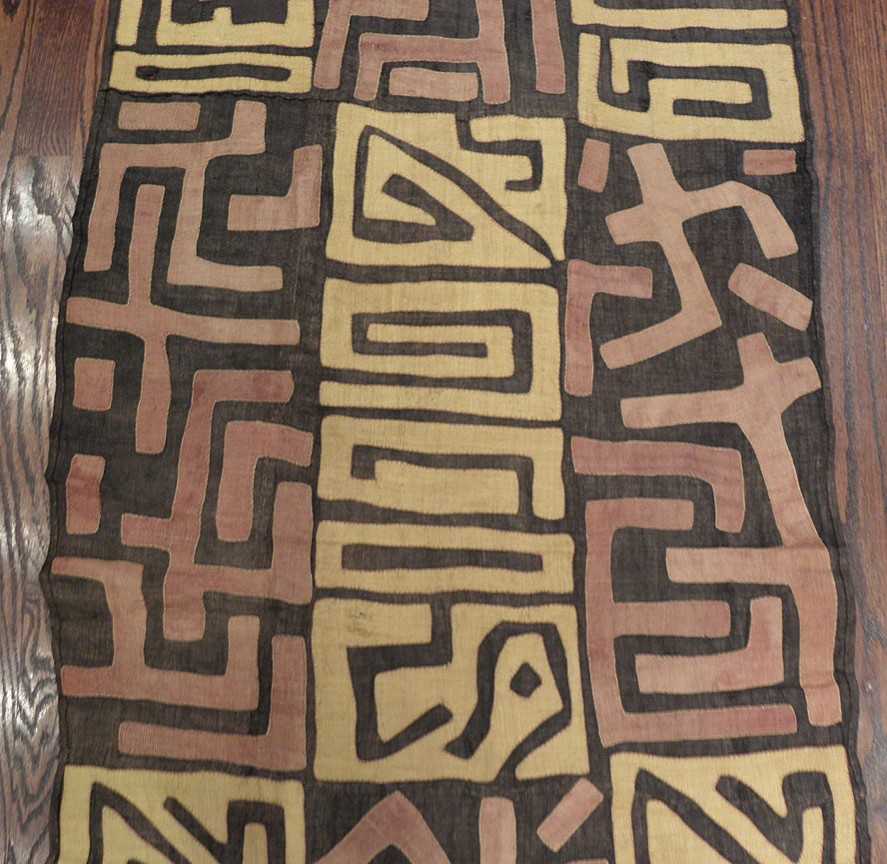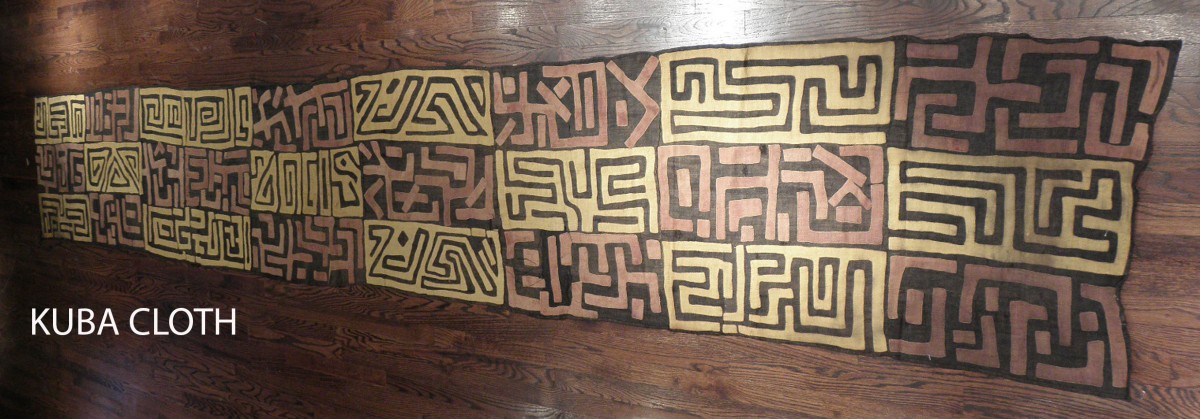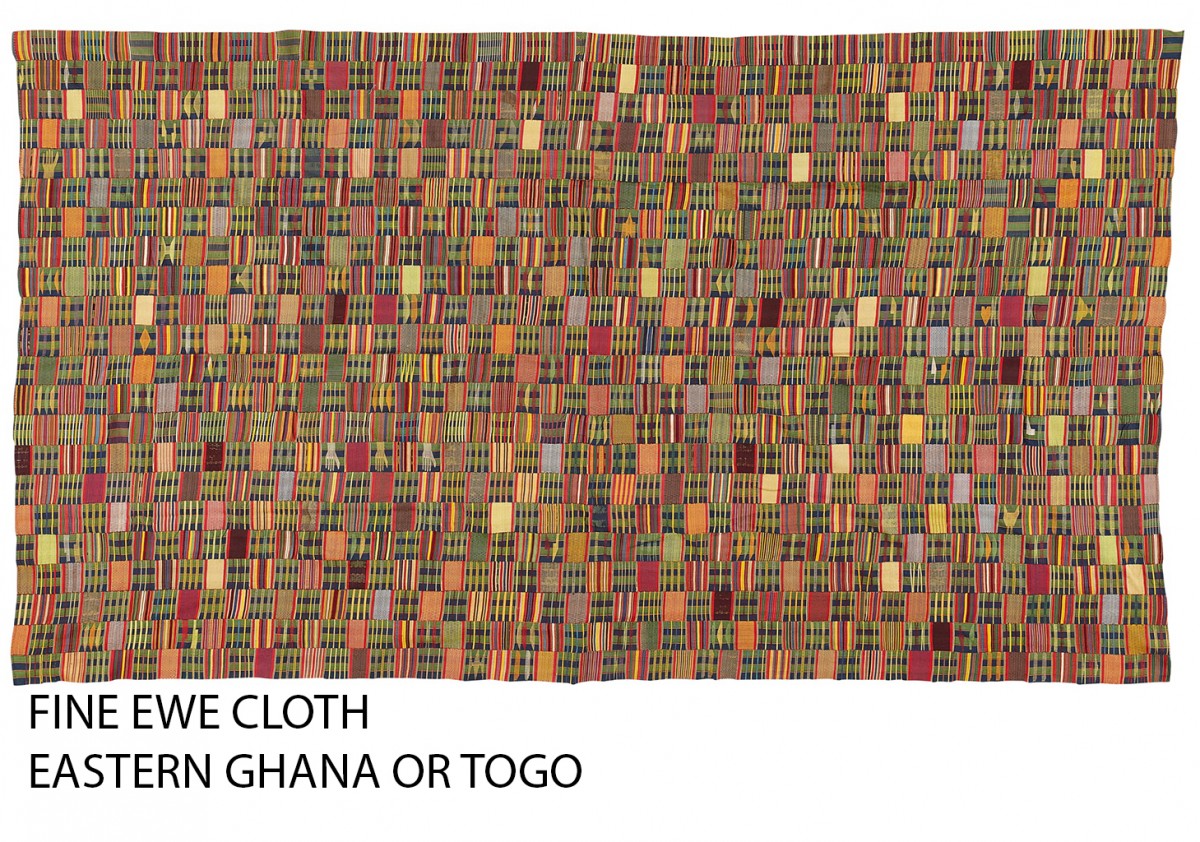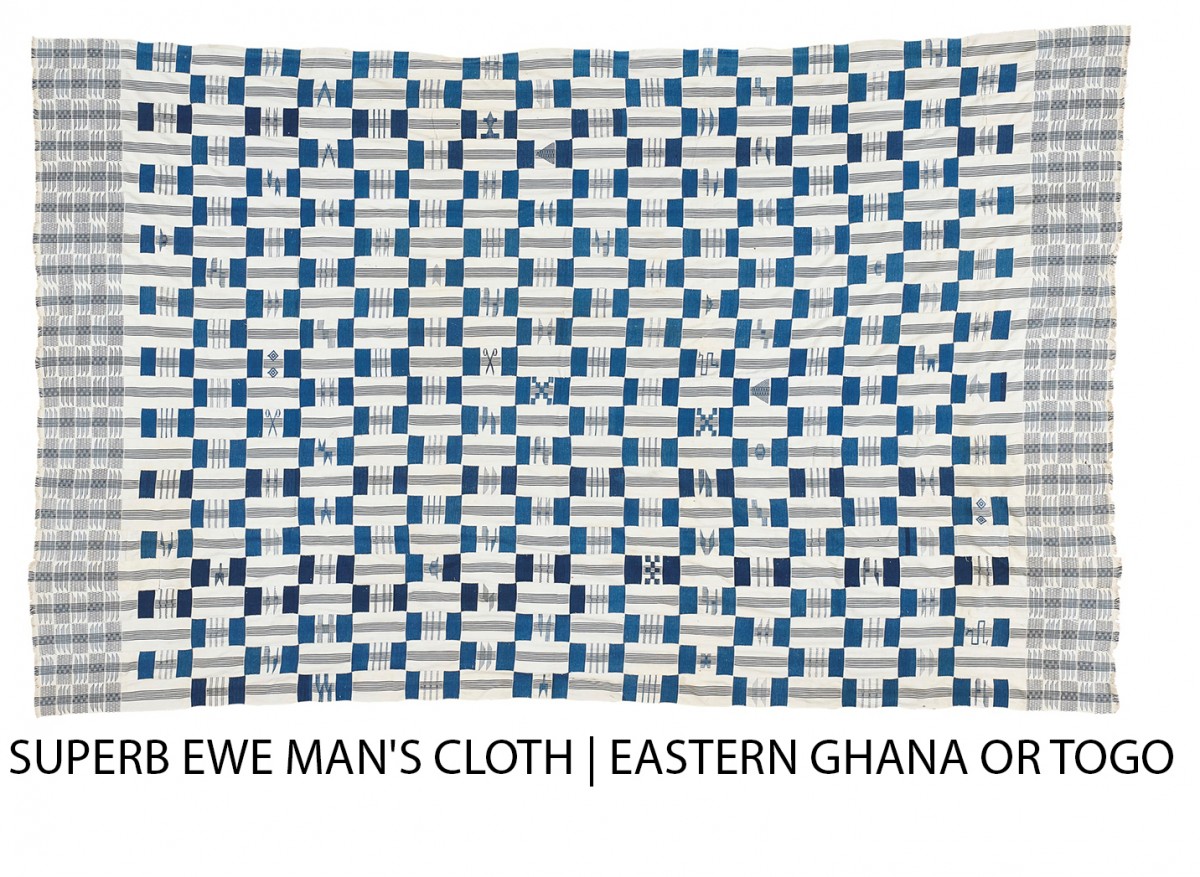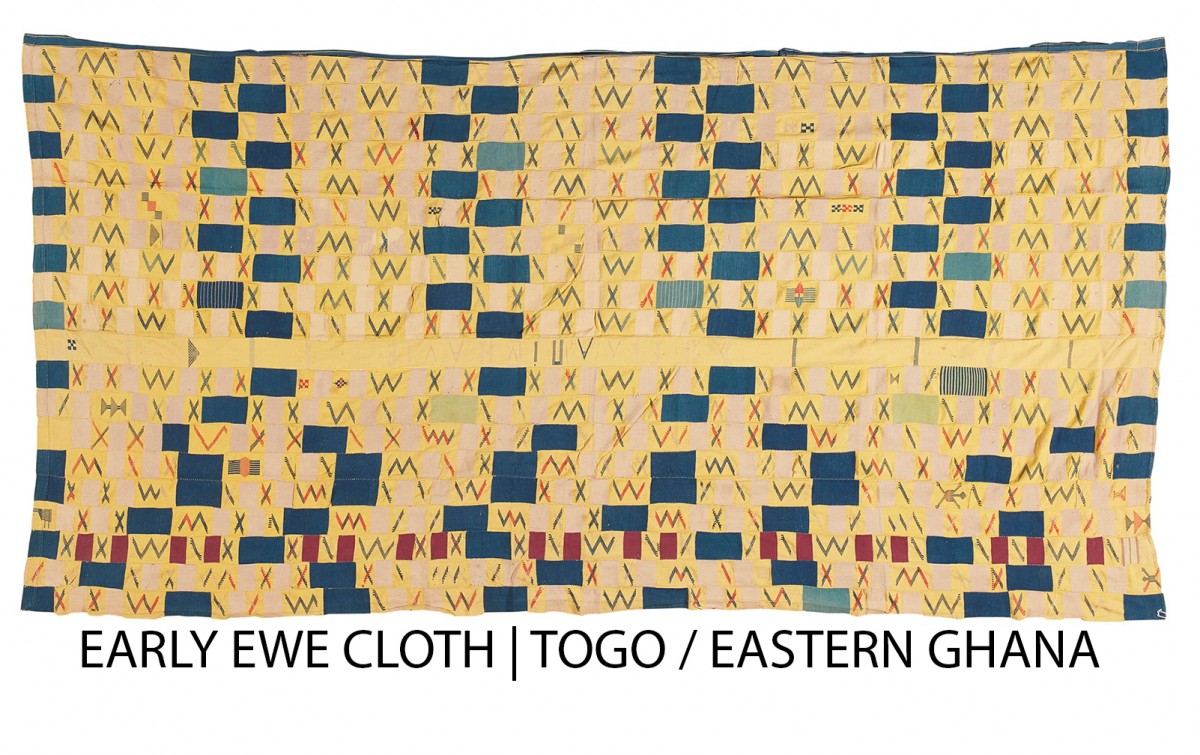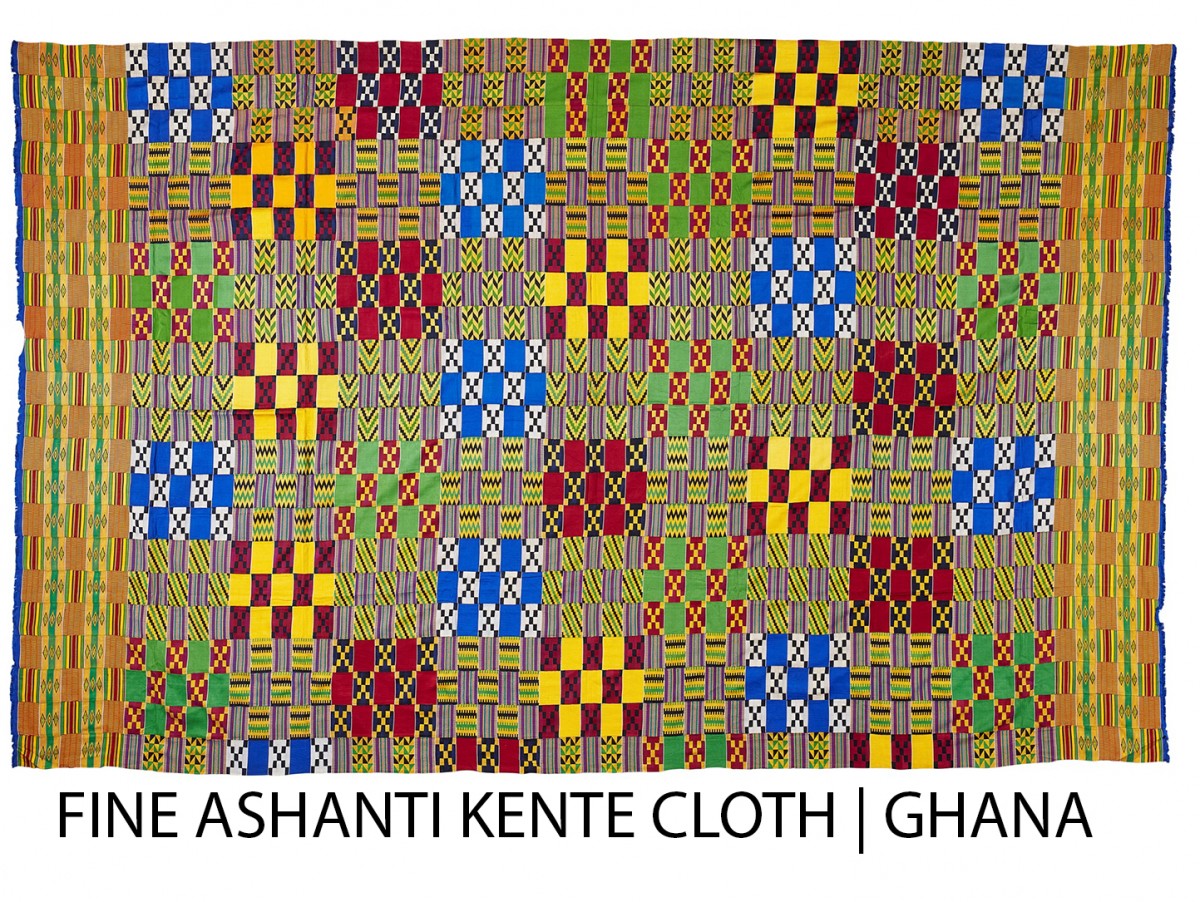Oriental Rugs Dictionary
African Textile
It has long been noted that Western modernism was heavily influenced by African artistic traditions. Comparisons have often focused on Cubism’s links with African sculptural and architectural aesthetics. The wide-ranging traditions of African textiles can offer further visual connections woven throughout modern and contemporary art history. In this sense, the textiles come to represent enduring aesthetic legacies that have informed some of the most renowned artists. Henri Matisse went on to collect Kuba textiles in the last decade of his life and hung his collection on the walls of his studio alongside the similarly experimental patterns of the cut-out collage works he was creating in his final years. Matisse remarked on the endless inspiration the textiles offered him, commenting, ‘I never tire of looking at them for long periods of time, even the simplest of them, and waiting for something to come to me from the mystery of their instinctive geometry.’ Klimt’s golden period works, crowned by his monumental 1901 Beethoven Frieze, also draw on multiple elements distinctive to Kuba textiles. The works echo the combination of complex interlocking patterns alongside sparser panels in the designs of Kuba textiles and feature a similar palette of natural tones. It is not surprising to learn that Klimt was also a collector of Kuba textiles, further cementing that his visual language is rooted in this central African aesthetic.
For African Textile rugs in our inventory click here
